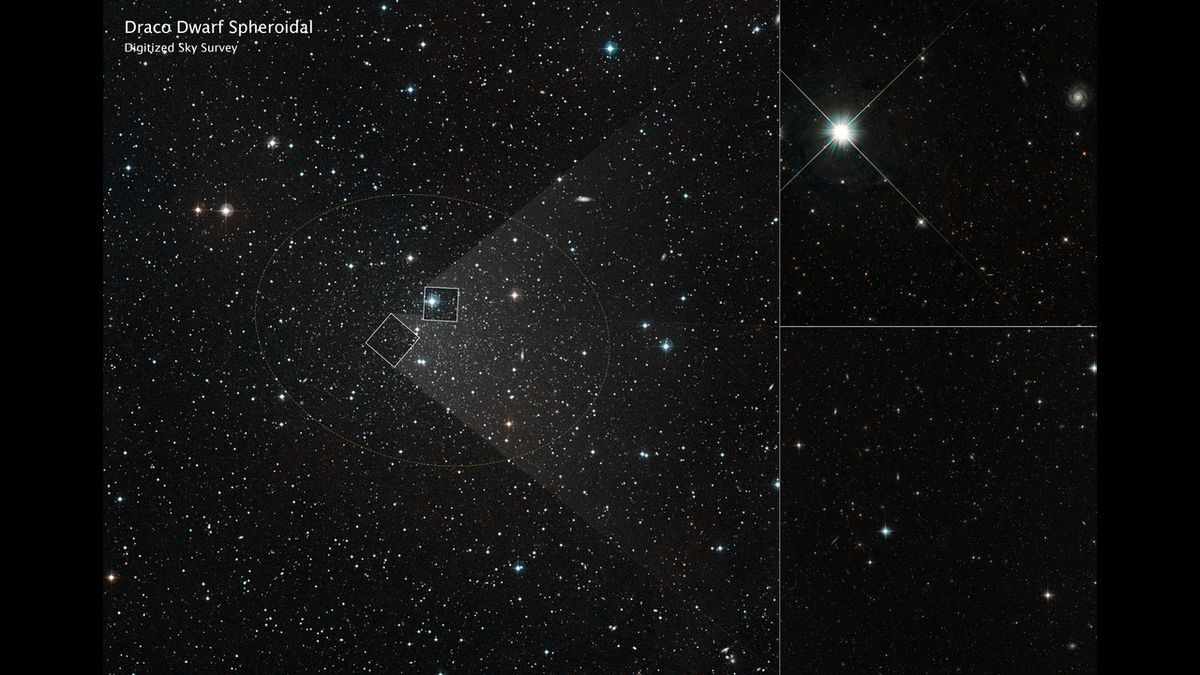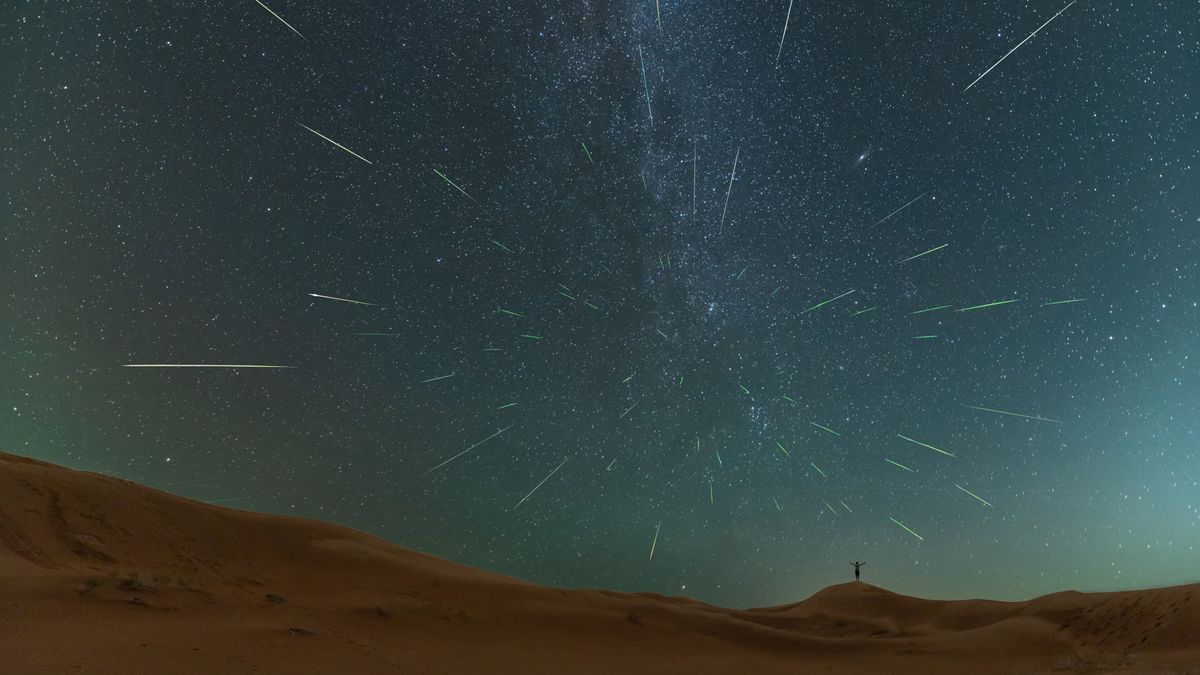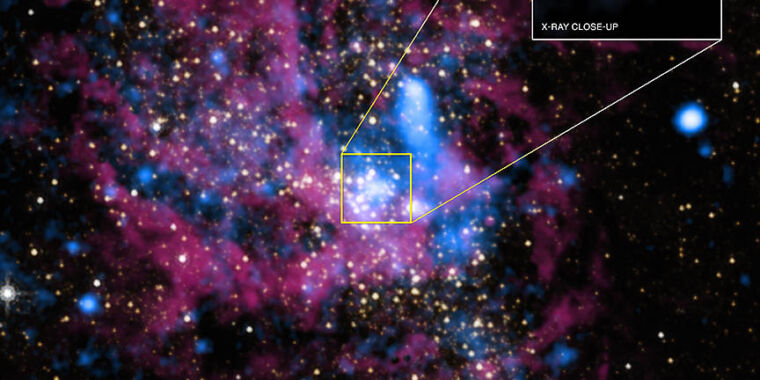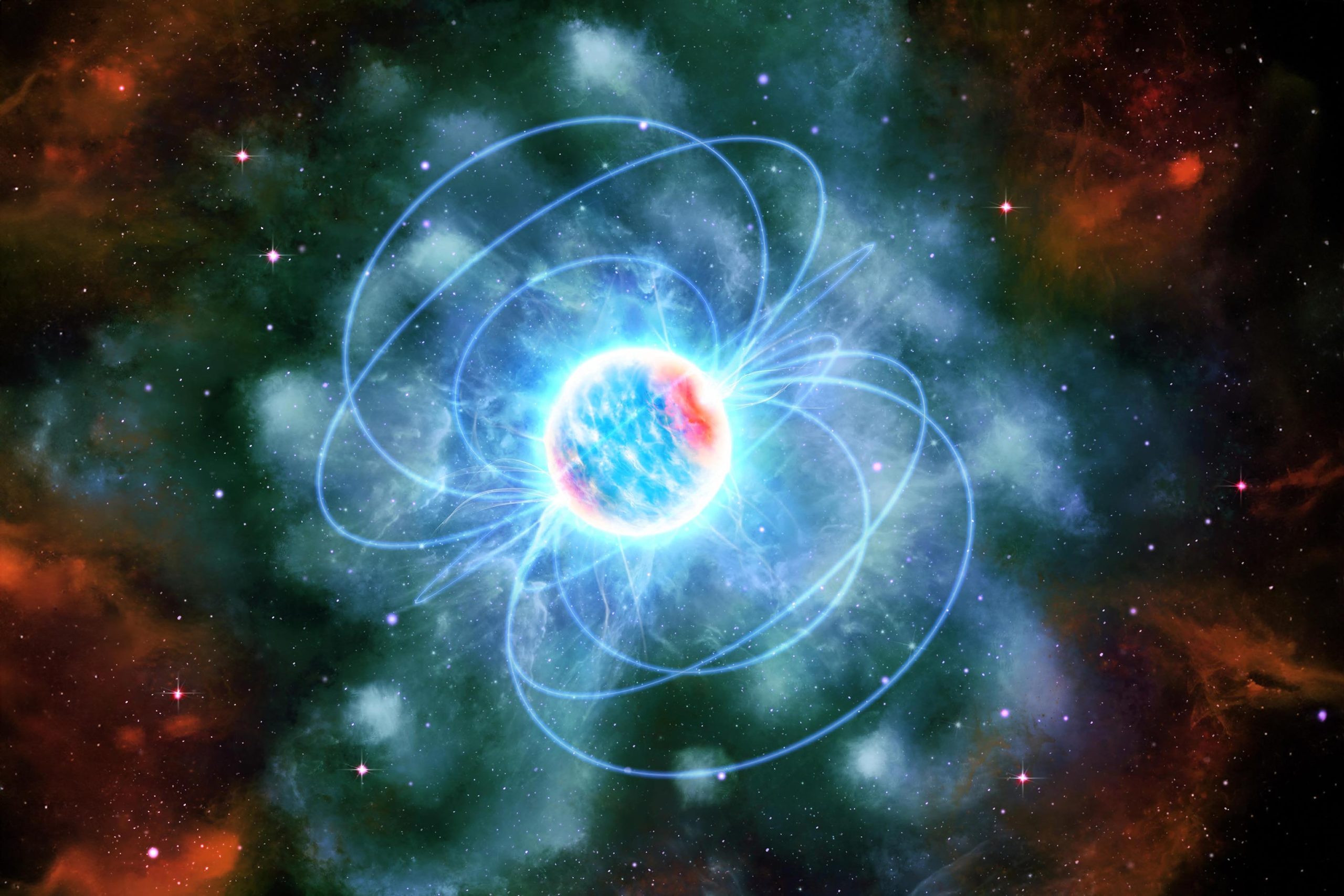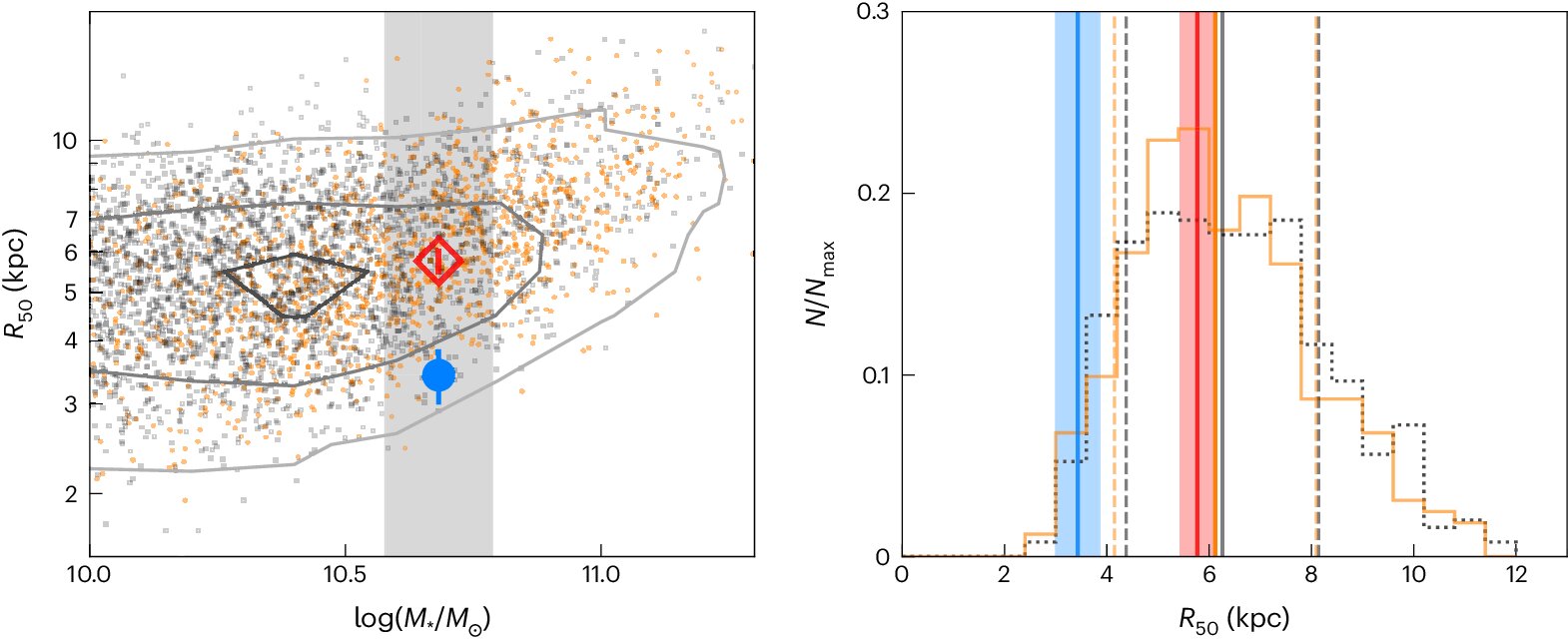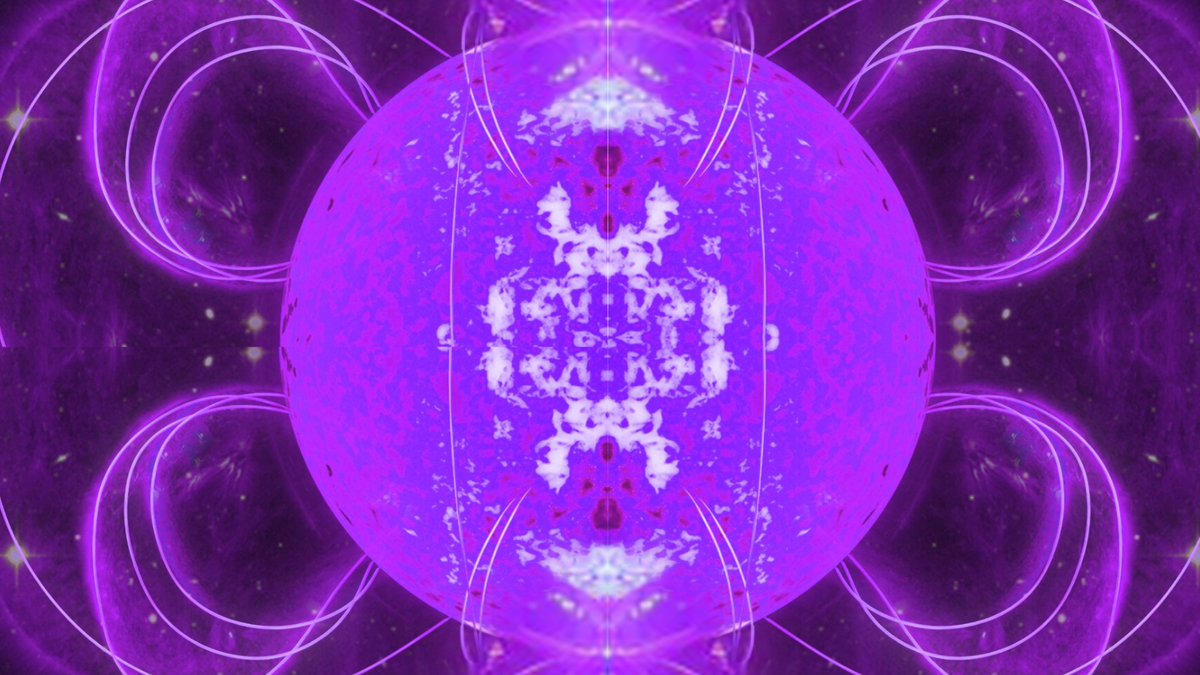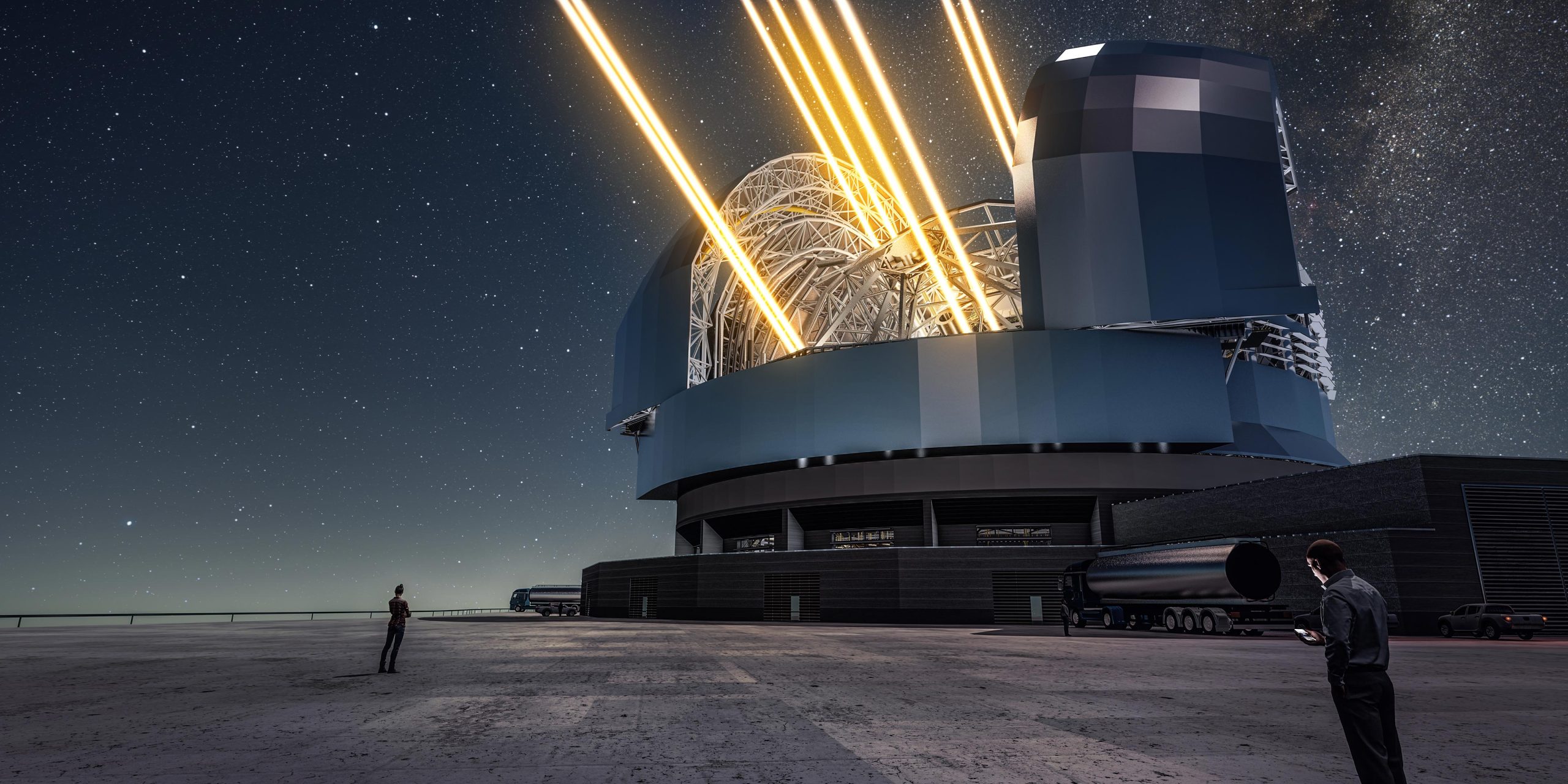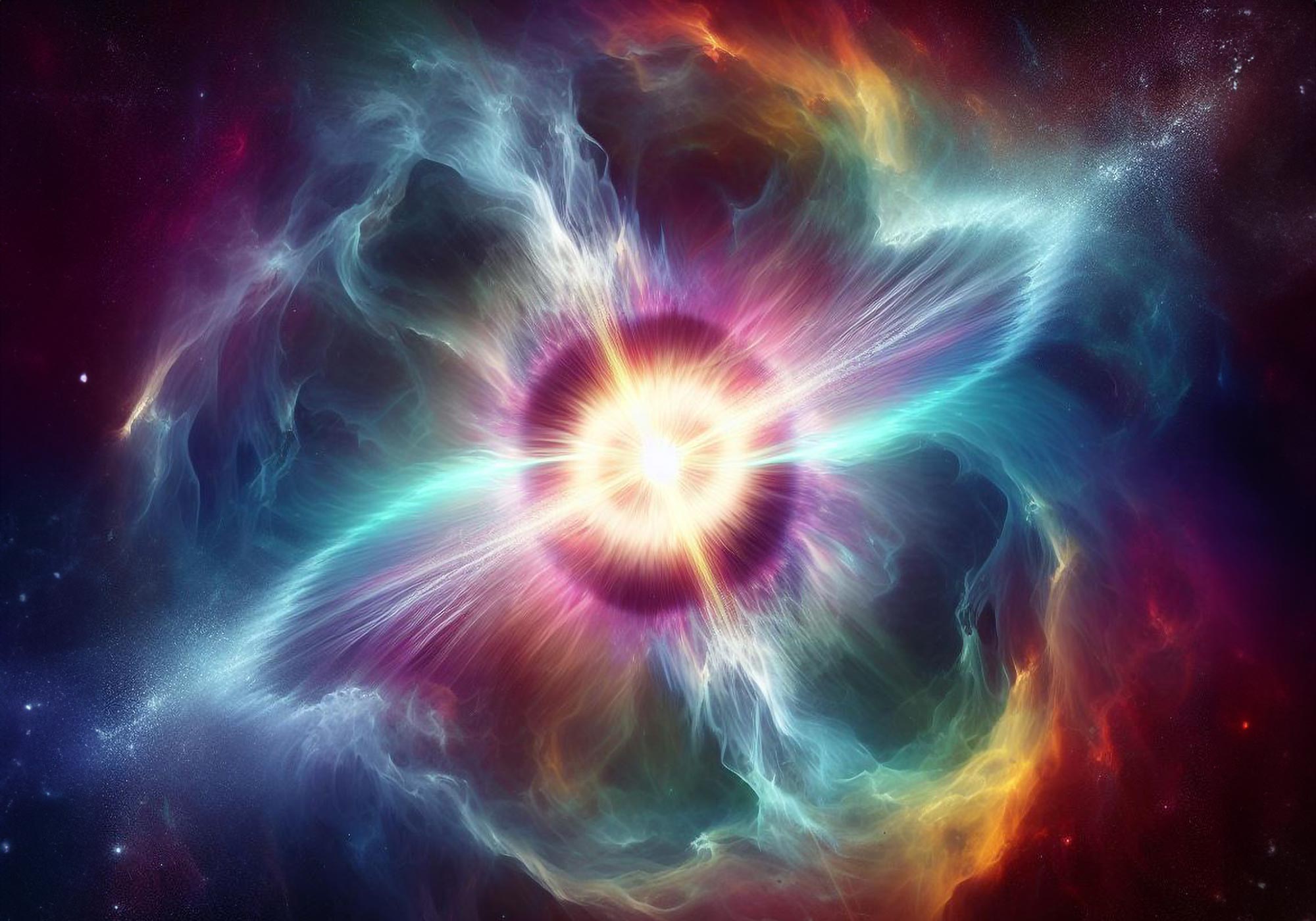Hubble Telescope Tracks Dwarf Galaxy Stars to Map Dark Matter
The Hubble Space Telescope has shown that dark matter is concentrated in the core of a nearby dwarf galaxy, a discovery that comes to the aid of the Standard Model of Earth. cosmology. This model basically predicts that dark matter is “cold,” but recent findings seem to indicate that the substance is “warm.” However, these … Read more
